The Dawn of the 800G Era: Why the Transceiver Factory Matters
Is the 800G optical transceiver factory truly the foundational engine powering the next generation of artificial intelligence and hyperscale data center infrastructure? This question is not one of mere speculation; it is a critical inquiry for network architects, data center managers, and optical product users worldwide. The transition from 400G to 800G is more than a simple doubling of speed; it represents a paradigm shift in network design, density, and efficiency, directly addressing the insatiable demand created by AI training models, machine learning, and high-performance computing (HPC).
The modern 800G optical transceiver factory operates at the intersection of advanced photonics, sophisticated silicon design, and high-precision manufacturing. These facilities are not just assembly lines; they are complex hubs of innovation where cutting-edge technologies—such as Pulse Amplitude Modulation 4-level (PAM4), Digital Signal Processors (DSPs), and Silicon Photonics—are integrated into compact, high-density modules. For product users focused on scaling their networks, understanding the capabilities and constraints stemming from this manufacturing epicenter is paramount. This deep dive aims to demystify the core features of 800G technology, analyze its profound impact on cloud and AI networks, and highlight how professional partners, including industry specialists like Optictran, are delivering real, tangible value in this high-speed domain.
Technological Pillars of the Modern 800G Module
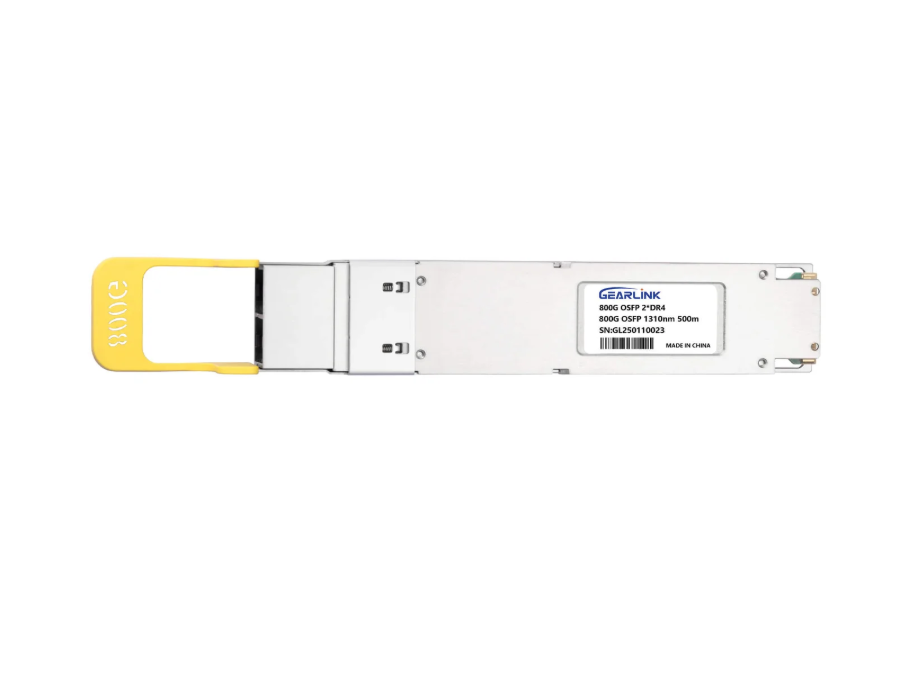
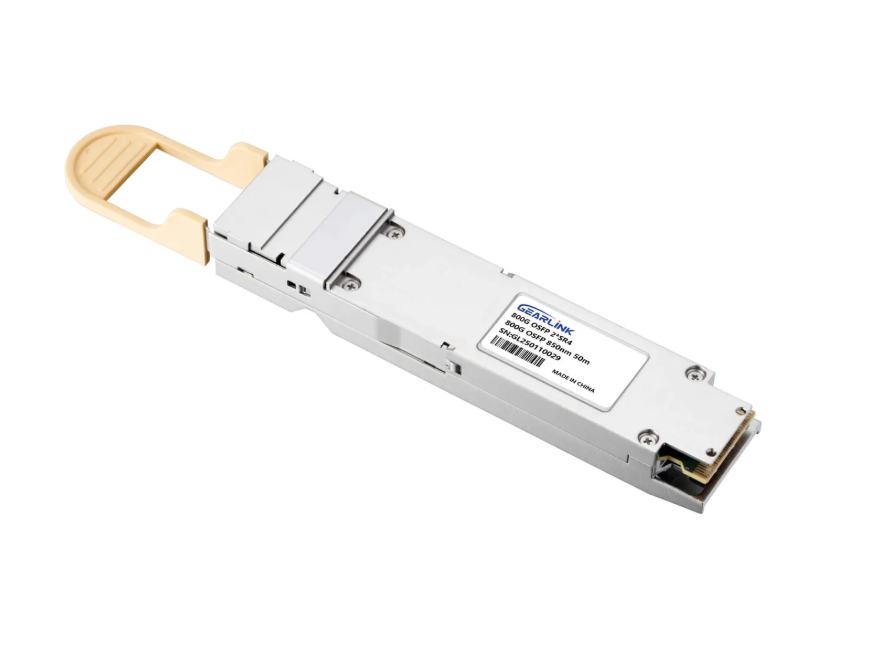
Achieving an aggregate data rate of 800 Gigabits per second (Gbps) within a pluggable module is an engineering marvel. This leap in performance necessitates the convergence of several sophisticated technologies, which collectively define the state-of-the-art for the 800G optical transceiver factory.
The Indispensable Role of PAM4 Modulation
The fundamental enabler for 800G is the widespread adoption of PAM4 modulation. Historically, Non-Return-to-Zero (NRZ) coding was the standard, transmitting one bit per symbol. However, to double the data rate without an equivalent doubling of the signal frequency (baud rate), the 800G optical transceiver factory leveraged PAM4. This technique transmits two bits per symbol by encoding data onto four distinct amplitude levels. Consequently, a PAM4 signal can effectively double the bit rate over the same channel bandwidth, making 800G possible via 8 lanes of $100\text{G}$ or, in future iterations, 4 lanes of $200\text{G}$. This modulation scheme provides the high-throughput efficiency that modern networks require, though it does introduce higher signal noise, which must be carefully managed.
Digital Signal Processing (DSP) and Forward Error Correction (FEC)
To combat the inherent signal degradation that accompanies PAM4 over electrical and optical channels, every 800G module is built with an advanced DSP chip. The DSP is the module’s central brain, performing critical functions like equalization, clock and data recovery (CDR), and, most importantly, managing Forward Error Correction (FEC). FEC algorithms encode redundant data that allow the receiver to detect and correct errors without retransmission. This complex signal processing is crucial for maintaining the required Bit Error Rate (BER) across the high-speed link. The ability of the 800G optical transceiver factory to integrate increasingly powerful, yet low-power, DSPs directly impacts the module’s performance, reach, and thermal characteristics.
The Silicon Photonics Revolution
A growing number of high-speed modules are utilizing Silicon Photonics (SiPh). This technology allows the factory to integrate optical components (lasers, modulators, waveguides, and detectors) directly onto a silicon chip using standard CMOS manufacturing processes. SiPh promises greater scalability, lower manufacturing costs over time, and a smaller footprint compared to traditional discrete optical components. The shift toward SiPh is seen by many in the industry as the inevitable path for $1.6\text{T}$ and beyond, positioning the 800G optical transceiver factory that masters this technique at the forefront of the market. This integration simplifies the assembly process, which subsequently contributes to improved yields and reliability for the end-user.
Form Factors and Thermal Management: OSFP vs. QSFP-DD
800GBASE 2 x DR4/DR8 OSFP PAM4 1310nm 500m DOM Dual MPO-12/APC SMF Optical Transceiver Module
Price range: NT$1,699 through NT$1,768
800G OSFP SR8-800GBASE 2 x SR4/SR8 OSFP PAM4 850nm 50m DOM Dual MPO-12/APC MMF InfiniBand NDR Optical Transceiver Module
Price range: NT$539 through NT$808
Optical product users must navigate the dual form factor landscape that dominates the 800G market: OSFP (Octal Small Form-factor Pluggable) and QSFP-DD (Quad Small Form-factor Pluggable Double Density). The choice between these two highly capable modules dictates switch density, power budget, and network architecture flexibility.
The 800G optical transceiver factory produces both, recognizing that each serves a slightly different—yet crucial—function within the data center ecosystem. The OSFP is generally slightly larger, a feature that provides distinct advantages in thermal dissipation due to a larger surface area for its integrated heatsink. This superior thermal design makes OSFP the favored choice in switch platforms that prioritize maximum performance and cooling efficiency, especially in high-powered AI clusters where every watt of heat is a challenge.
Conversely, the QSFP-DD form factor maintains a smaller size, crucial for achieving maximum port density on a switch line card. Furthermore, QSFP-DD offers excellent backward compatibility with previous generations of QSFP modules (like $40\text{G}, 100\text{G}$, and $400\text{G}$), enabling a smoother, phased upgrade path for existing data centers. Network managers often find that QSFP-DD modules facilitate incremental upgrades, protecting previous infrastructure investments. Ultimately, the successful 800G optical transceiver factory offers a robust portfolio across both form factors, ensuring that customers have the optimal solution whether they are building a new AI cluster with OSFP or upgrading a core leaf-spine architecture with QSFP-DD.
The Strategic Applications: Fueling the AI and Hyperscale Network
The demand for 800G connectivity is fundamentally driven by the architectural shift within hyperscale data centers, which are increasingly being redesigned for AI/ML workloads. These modules are strategically deployed in three primary high-impact areas, delivering essential value to the product user.
AI/ML Cluster Interconnects
The training of large language models (LLMs) and deep learning algorithms necessitates the simultaneous transmission of massive datasets across thousands of GPUs. This requires a lossless, ultra-low-latency network fabric. 800G optical transceiver factory output is therefore heavily directed towards connecting the high-speed network interfaces on AI-dedicated servers and specialized switches. The use of 800G modules in a two-tier or flattened network architecture minimizes hop counts and reduces latency to the sub-microsecond range. For instance, technologies like 800G DR8 or PSM8 variants are deployed for $500\text{m}$ to $2\text{km}$ reach to link massive GPU clusters across a campus or large facility. This is where high-volume, reliable supply from the 800G optical transceiver factory becomes a competitive necessity.
Hyperscale Data Center Spine-and-Leaf Architecture
In the core of a hyperscale cloud, 800G modules are essential for the ‘spine’ layer of the leaf-spine topology. As the aggregation point for hundreds of ‘leaf’ switches, the spine layer must handle the collective bandwidth of the entire cluster. Upgrading these spine links to 800G ensures non-blocking, high-speed data flow and future-proofs the network against further bandwidth explosion. By doubling the spine capacity from $400\text{G}$ to 800G, a data center can support a fourfold increase in server-to-server traffic, a crucial metric for cloud service scalability.
Data Center Interconnect (DCI) and Telecom Metro Networks
Beyond the immediate data center, 800G coherent optics are transforming Data Center Interconnect (DCI). Coherent transceivers integrate high-complexity DSPs to manage optical signals over long distances, often hundreds of kilometers, without requiring external amplification or dispersion compensation. The advanced manufacturing and testing procedures carried out in the 800G optical transceiver factory ensure that these high-reliability modules can sustain a stable 800G link between metropolitan data centers. This functionality is vital for business continuity, disaster recovery, and offering seamless, geographically dispersed cloud services.
Partnership and Value: Optictran’s Role in Quality and Supply
Selecting a reliable partner for 800G modules involves more than just comparing spec sheets; it requires confidence in the underlying manufacturing expertise and commitment to quality. The high-stakes environment of AI and cloud networking demands transceivers with proven reliability, low power consumption, and guaranteed compatibility.
At Optictran, our focus extends beyond simply producing modules. We adhere to stringent industry standards (like IEEE and MSA) and implement exhaustive quality assurance testing. This rigorous approach ensures that every 800G module—whether it is a high-density QSFP-DD or a high-performance OSFP DR8—delivers predictable, error-free operation right out of the box. Our philosophy centers on providing tangible value to the product user: maximizing network uptime, minimizing power usage, and providing robust technical support for complex network deployments.
A key challenge for any 800G optical transceiver factory is maintaining competitive pricing while navigating supply chain complexities. Optictran addresses this by maintaining optimized production processes and fostering direct relationships with core component suppliers. Our goal is to ensure that network professionals can access this cutting-edge technology without the prohibitive costs associated with legacy vendor lock-in. By focusing on quality components and transparent supply chains, we enable our customers to scale their infrastructure ethically and efficiently.
The Future Trajectory of the 800G Optical Transceiver Factory
The relentless pace of data growth suggests that 800G is merely a crucial waypoint on the journey toward Terabit-scale networking. Already, the 800G optical transceiver factory is simultaneously investing in the next technological generation: $1.6\text{T}$ and even $3.2\text{T}$ optical modules. The lessons learned in mastering PAM4, advanced thermal management, and SiPh integration at 800G are directly informing the development of these future standards.
Emerging technologies like Linear-drive Pluggable Optics (LPO), which aim to remove the power-hungry DSP, are also being explored. While LPO is currently feasible for short-reach, intra-rack links, it demonstrates the industry’s commitment to optimizing power consumption—a key metric for data centers facing enormous energy bills. The long-term success of the 800G optical transceiver factory will be measured by its agility in adopting these emerging standards and its commitment to creating sustainable, high-bandwidth solutions that continue to drive global digital connectivity forward. For network operators, staying informed about these factory-level advancements is essential for effective, long-term infrastructure planning.
Frequently Asked Questions (FAQ)
What is the primary technical advantage of 800G over 400G?
The primary advantage is the doubling of aggregate bandwidth using the same physical module size, primarily enabled by the widespread adoption of PAM4 modulation technology (allowing 2 bits per symbol) over the traditional NRZ.
Which form factor (OSFP or QSFP-DD) is better for high-density AI clusters?
While both are used, OSFP is often preferred for high-powered AI clusters due to its slightly larger size, which facilitates better integrated thermal management and heat dissipation. QSFP-DD is better for dense-port legacy network upgrades.
What role does Silicon Photonics play in 800G modules?
Silicon Photonics (SiPh) allows for the integration of multiple optical components onto a single chip, leading to a smaller footprint, higher scalability, and potential cost reduction in high-volume production at the 800G optical transceiver factory.
How does Optictran ensure 800G module compatibility and quality?
Optictran adheres to stringent IEEE and MSA standards, subjecting all 800G modules to rigorous in-house testing for performance, temperature stability, and compatibility with major switch vendors to guarantee seamless deployment.
Is the 800G module compatible with existing 400G infrastructure?
Many 800G modules, particularly those in the QSFP-DD form factor, are often designed with backward compatibility in mind. Furthermore, 800G can be broken out into $2 \times 400\text{G}$ links (e.g., 800G 2xDR4) to interface directly with existing 400G modules and ports.
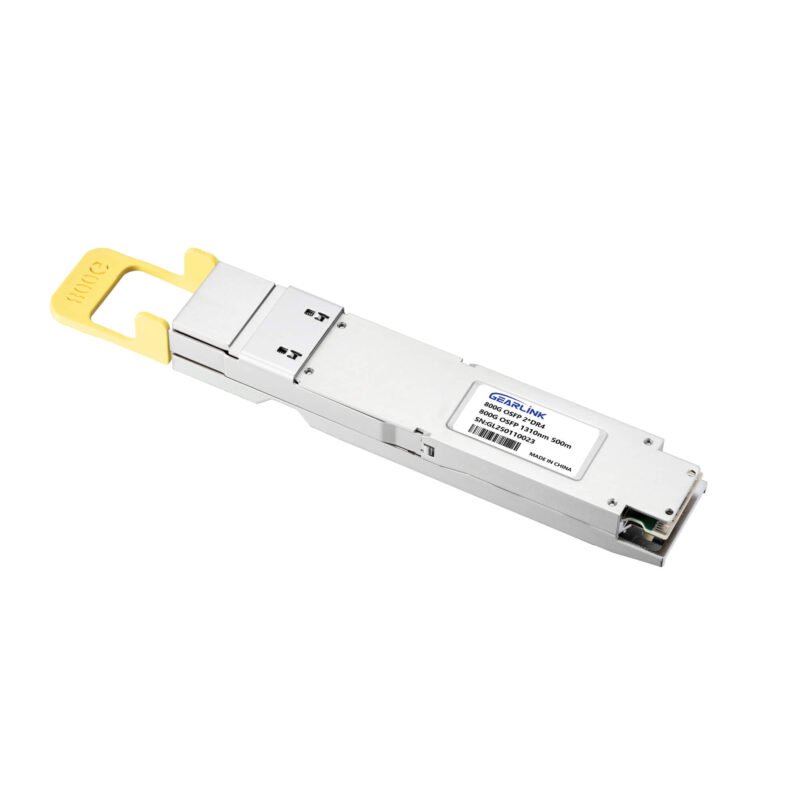
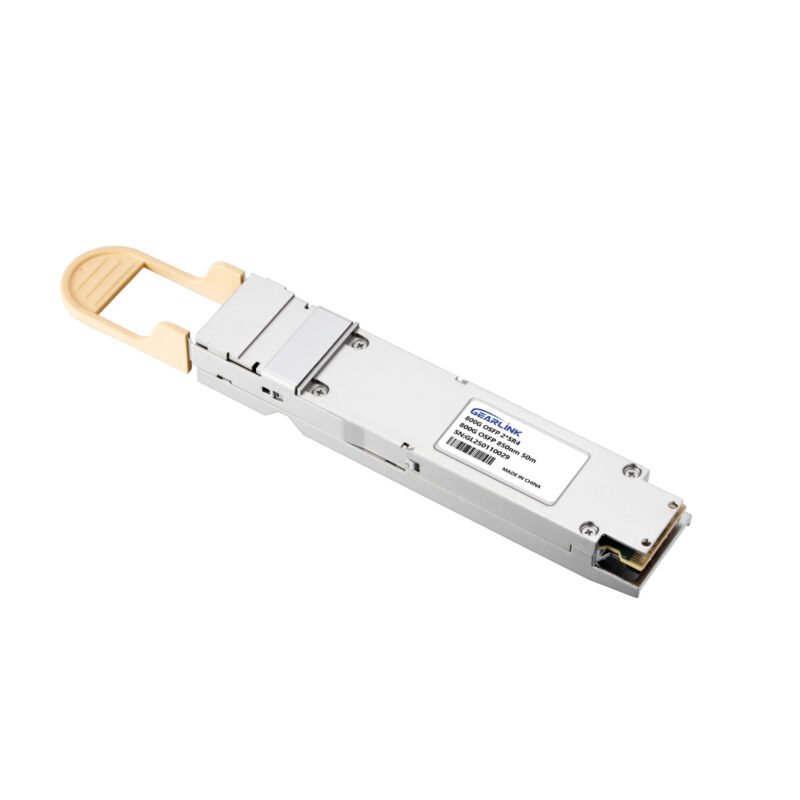
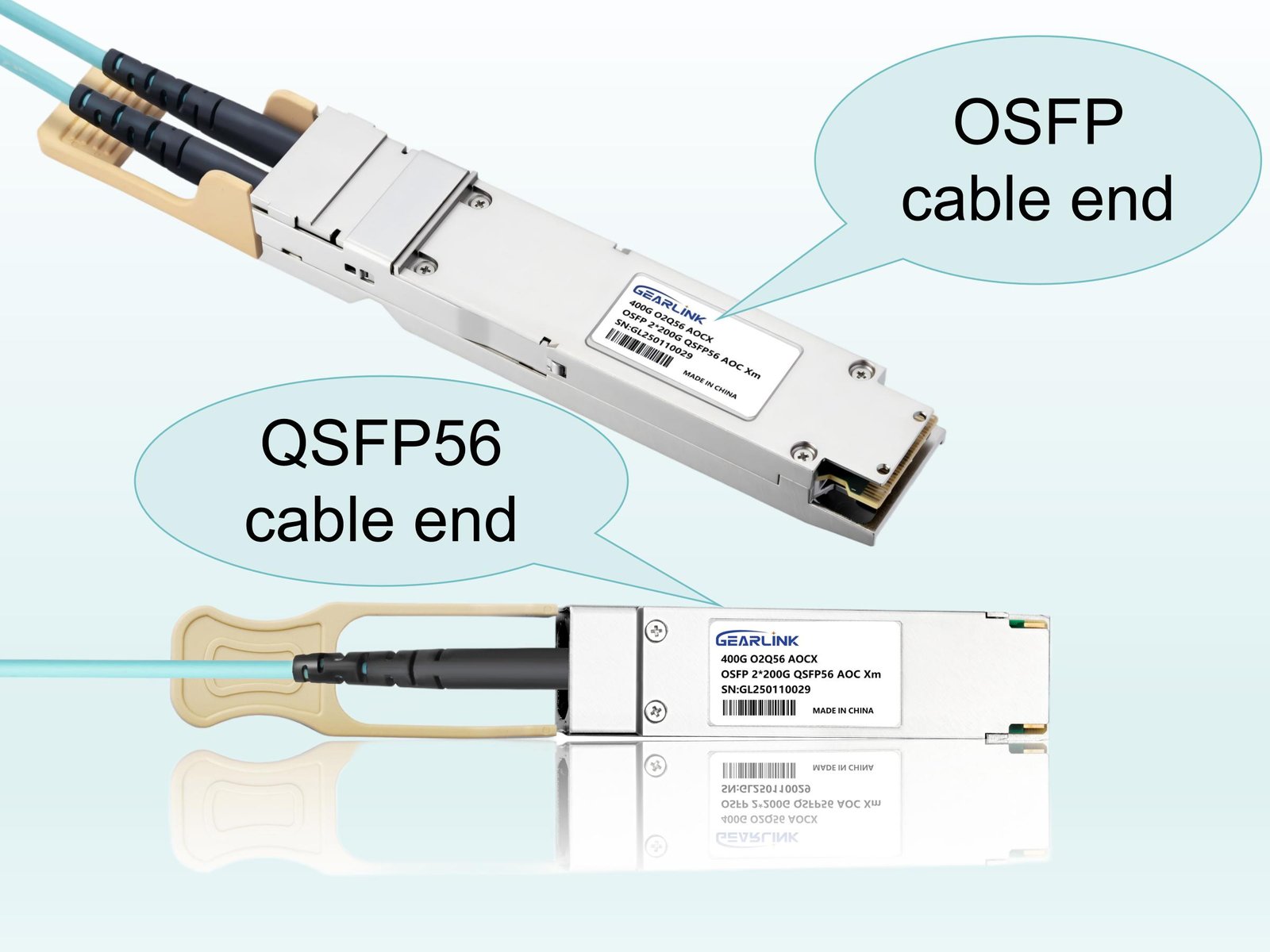
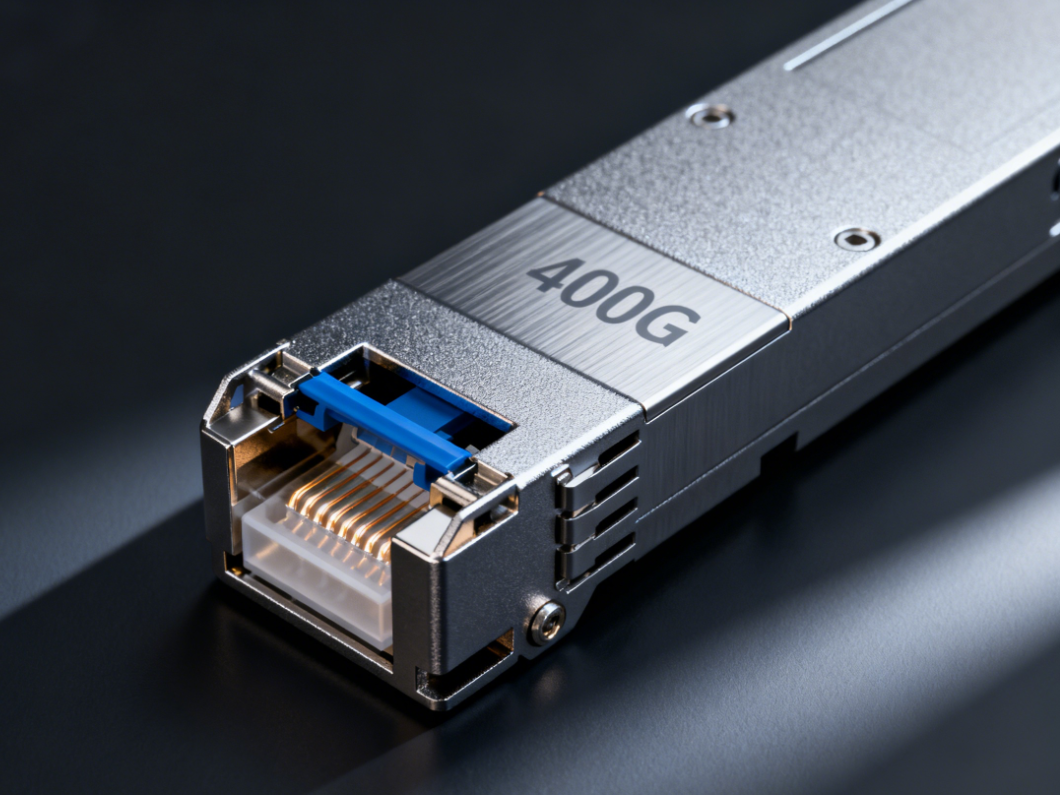

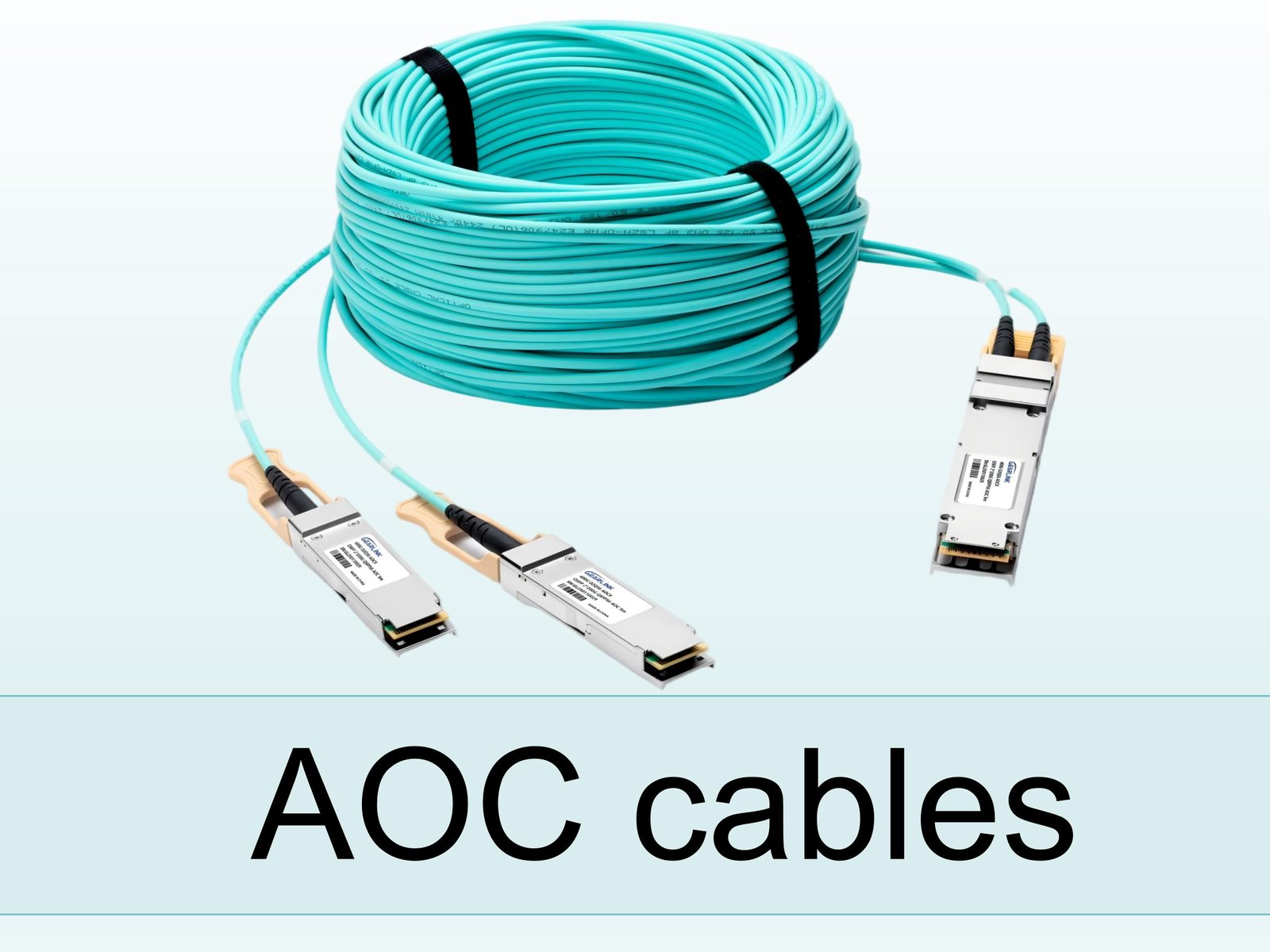
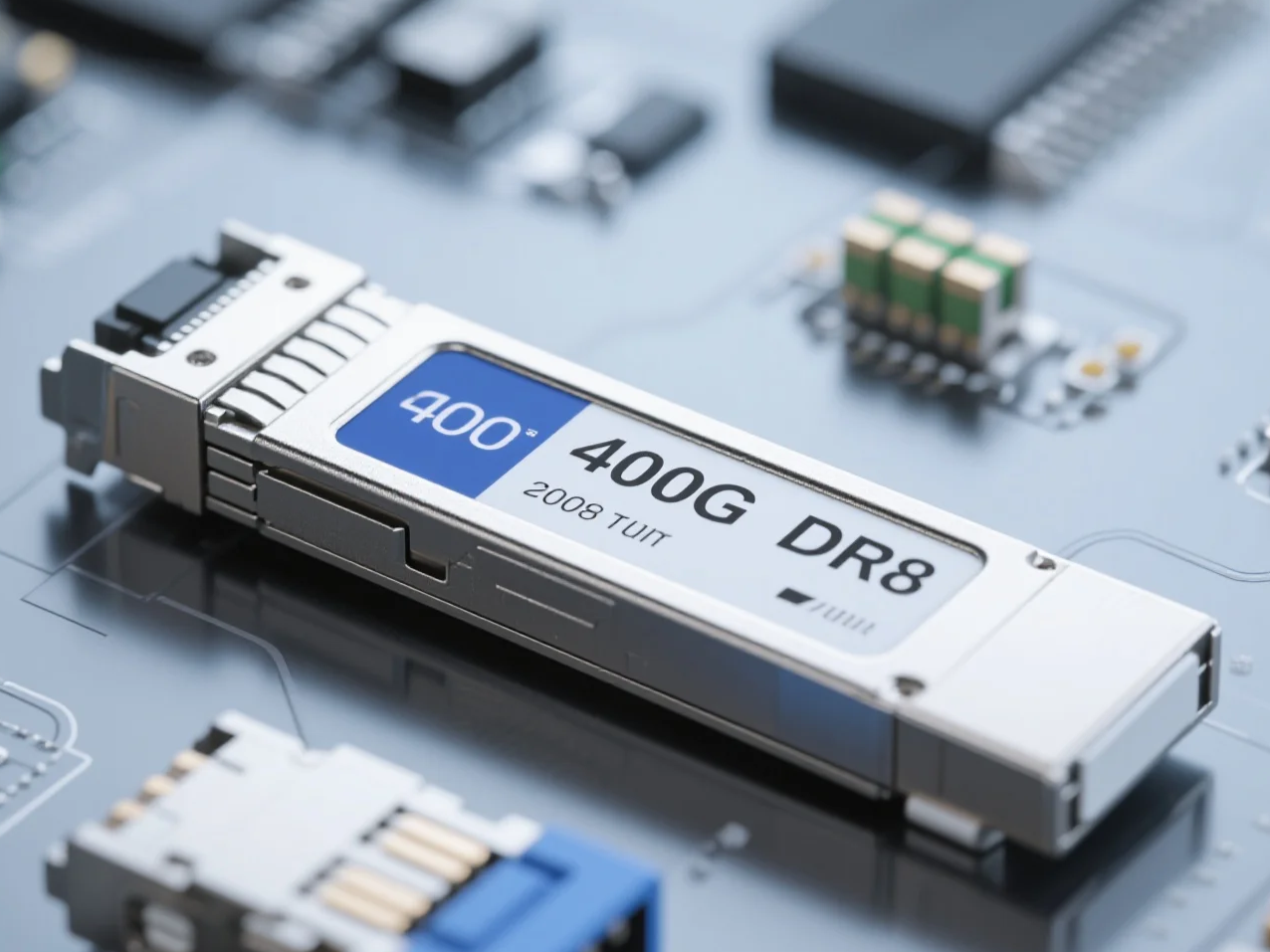
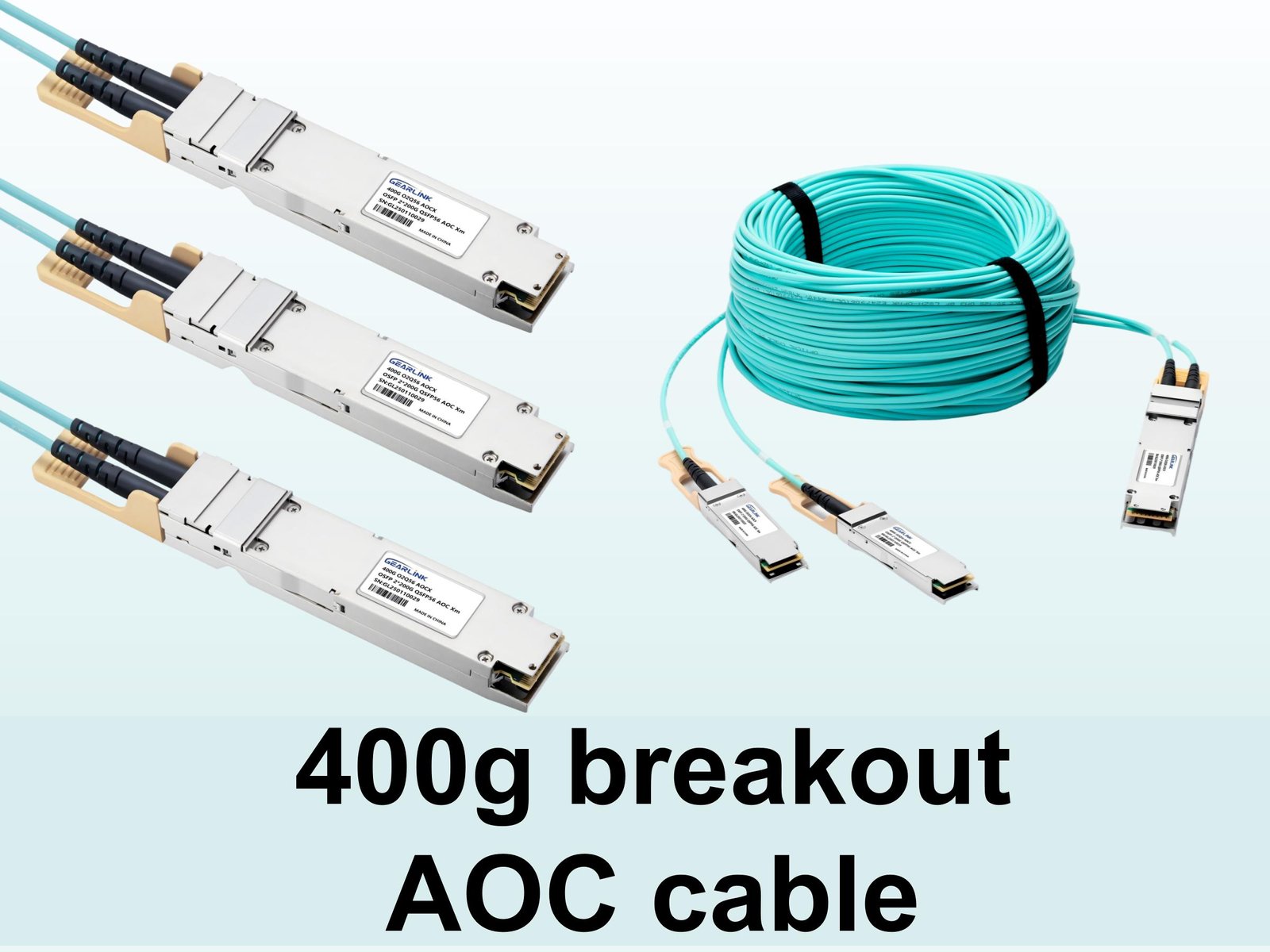
I don’t even know how I ended up here, but I thought this post was great.
I don’t know who you are but certainly you are going to a famous blogger
if you are not already 😉 Cheers!